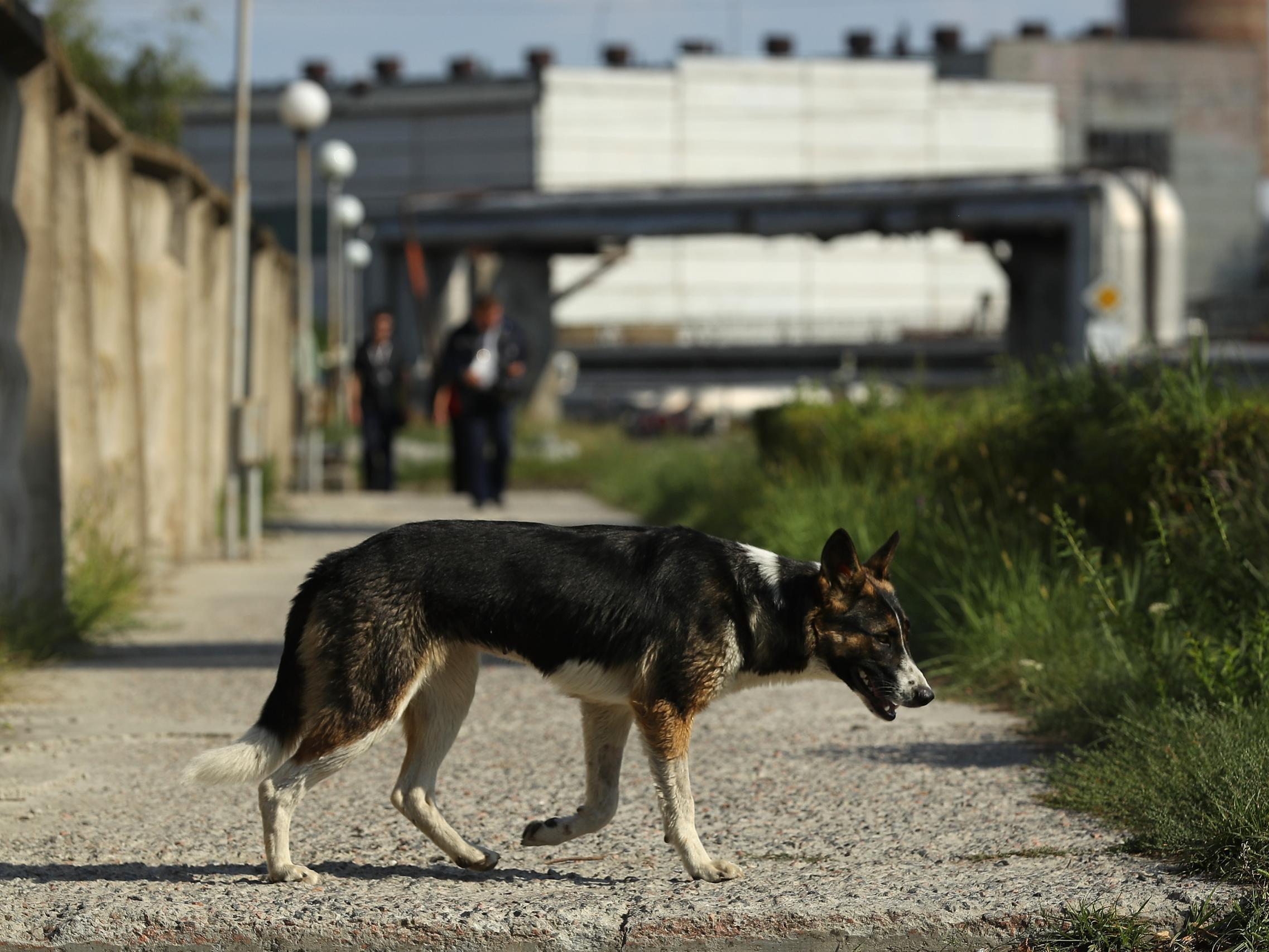The Independent's journalism is supported by our readers. When you purchase through links on our site, we may earn commission.
Coronavirus: Stray dogs eating bat meat could have sparked pandemic, scientist claims
Other researchers have rejected the findings and say dog owners do not need to be concerned

Covid-19 could have been transmitted to humans by stray dogs which had eaten bat meat, according to a study.
The disease may have rapidly evolved in the intestines of dogs that consumed bats carrying an ancestor coronavirus, a Canadian biologist has proposed.
The research is the latest in a string of theories put forward by scientists investigating the origin of the virus, which has spread around the world and infected two million people since the first cases were reported in December.
Sars-CoV-2, the virus which causes Covid-19, is widely believed by virologists to have originated in bats – which are known to harbour coronaviruses – before being transmitted to humans through another animal.
Snakes and pangolins have both been proposed as the intermediate hosts, with the jump to humans suggested to have taken place at a live animal market in the city of Wuhan.
This theory has now been disputed by Xuhua Xia, a biology professor at the University of Ottawa who examined more than 1,250 genomes from the same coronavirus family as Sars-CoV-2.
Prof Xia, who specialises in using data to study molecular evolution of genes, concluded the virus strains isolated in snakes and pangolins diverged too far from Sars-CoV-2 for those animals to be the missing link in the disease’s journey from bats to humans.
“Our observations have allowed the formation of a new hypothesis for the origin and initial transmission of Sars-CoV-2,” he said. “The ancestor of Sars-CoV-2 and its nearest relative, a bat coronavirus, infected the intestine of canids, most likely resulting in a rapid evolution of the virus in canids and its jump into humans.
“This suggests the importance of monitoring Sars-like coronaviruses in feral dogs in the fight against Sars-CoV-2.”
However, a scientist not involved in the research strongly criticised the paper.
Professor James Wood, head of the department of Veterinary Medicine and a researcher in infection dynamics at the University of Cambridge, said: “I find it difficult to understand how the author has been able to conclude anything from this study, or to hypothesise much, let alone that the virus causing Covid-19 may have evolved through dogs.
“There is far too much inference and far too little direct data. I do not see anything in this paper to support this supposition and am concerned that this paper has been published in this journal.
“I do not believe that any dog owners should be concerned as a result of this work.”
Prof Xia acknowledged his theory was “speculative” as researchers do not have data on all species which could potentially have harboured the virus.
He added transmission of coronavirus from the another species to a human "must be a very rare event, otherwise there would be multiple outbreaks instead of a very local origin”.
The conclusions of his study, published in the journal Molecular Biology and Evolution, centre on an antiviral protein in mammals – known as ZAP – which can stop a virus in its tracks by preventing its multiplication and degrading its genome.
The protein targets a pair of chemical letters called CpG dinucleotides, but coronaviruses can fight back by reducing these signposts and rendering ZAP powerless.
“Survival of the virus indicates that it has successfully evaded ZAP-mediated antiviral defence,” said Prof Xia. “In other words, the virus has become stealthy and dangerous to humans.”
The biologist examined all 1,252 genomes from the same coronavirus family as Sars-CoV-2 on the open-source database GenBank.
They found that only genomes from canine coronaviruses, which caused a highly contagious intestinal disease in dogs worldwide, had CpG values similar to those observed in SARS-CoV-2 and its most closely related known relative in bats.
Prof Xia said this was "consistent with the interpretation that the low CpG in Sars-CoV-2 was acquired by the ancestor of Sars-CoV-2 evolving in mammalian digestive systems.”
He added this conclusion was “further corroborated by a recent report that a high proportion of Covid-19 patients also suffer from digestive discomfort”.
Chinese research published last month found 48.5 per cent of 204 coronavirus admitted to three hospitals in Hubei described experienced symptoms such as diarrhea, vomiting and abdominal pain.
In another study which examined the first 12 patients diagnosed with Covid-19 in the US, one patient reported diarrhoea as their initial symptom before a fever and cough, and stool samples from seven out of 10 patients tested positive for Sars-Cov-2.
There have been reports of health officials in China and Russia culling stray and pet dogs and cats in an attempt to contain the coronavirus, a strategy condemned as “unscientific and simply cruel”.
But a Chinese study published in the journal Science last week found the virus which causes Covid-19 “replicates poorly” in dogs, although ferrets and cats are susceptible to infection.
The World Health Organisation said last month “there is no evidence that companion animals/pets such as dogs or cats can be infected with the new coronavirus”.
Join our commenting forum
Join thought-provoking conversations, follow other Independent readers and see their replies
Comments
Bookmark popover
Removed from bookmarks